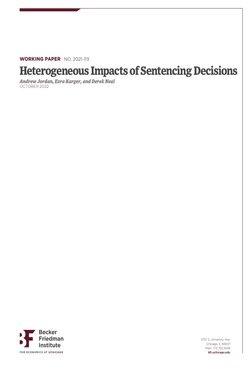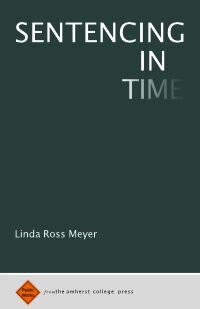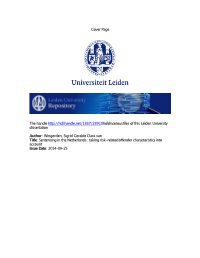By Bugmy Bar Book Committee
Launched in 2019, the Bugmy Bar Book is a free, evidence-based resource hosted on the website of the NSW Public Defenders.
The project publishes accessible summaries of key research on the impacts of the experience of disadvantage and strengths-based rehabilitation. It provides objective research across several areas of disadvantage, to support both the application and decision-making processes, when subjective information is unable to be obtained.
The project is directed by a Committee comprised of representatives of key stakeholders in the criminal justice system (including the NSW Public Defenders, NSW Office of the Director of Public Prosecutions, Aboriginal Legal Service (NSW/ACT) Limited and Legal Aid NSW), the judiciary (including the Supreme Court of NSW, District Court of NSW, Local Court of NSW, ACT Magistrates Court and NSW Judicial Commission), legal academics (including senior academics from UNSW, ANU and UTS) and members of the private legal profession. Although the project originated and is based in NSW, the resources are designed for use across all Australian jurisdictions and the committee engages with stakeholders Australia-wide.
Who is the Bugmy Bar Book For?
It aims to promote greater understanding of the impacts within the legal profession and judiciary, with the key function being to assist in the preparation and presentation of evidence to establish the application of the sentencing principles in Bugmy v The Queen (2013) 249 CLR 571.
The application of the materials in the Bugmy Bar Book can also be used in other contexts, including bail and mental health diversionary applications, various civil practice areas, coronial inquests and other inquisitorial jurisdictions.

















